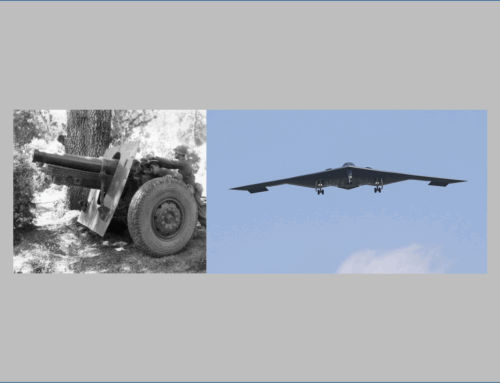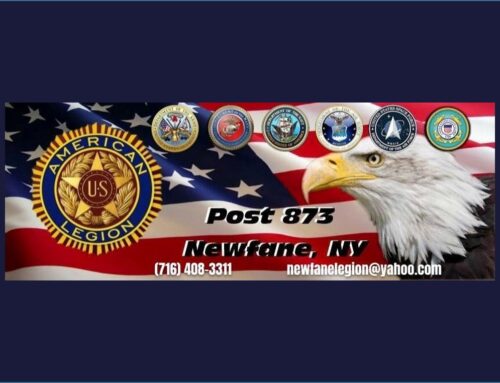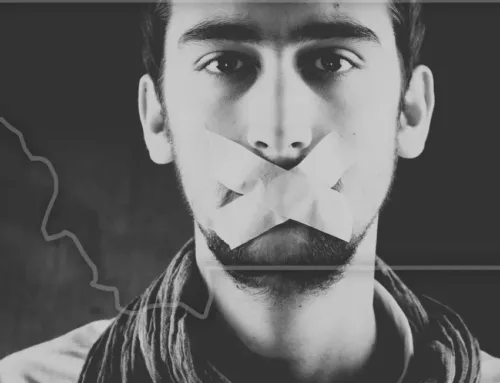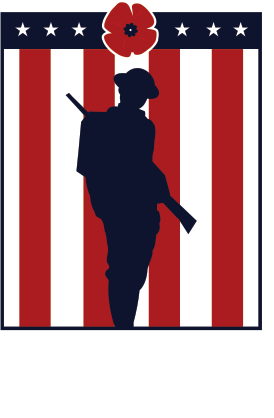Wars Civil and Great: The American Experience in the Civil War and World War I
Published: 15 April 2024
By David Silbey and Kanisorn Wongsrichanalai
Special to the Doughboy Foundation website

Trenches Civil and Great
The American experiences in the nations's Civil War and in World War I had a lot more similiarities than troops in trenches, such as those at Fort-Mahone in Petersburg, Virginia in 1865 (left) and those moving through Allied trenches near Blemiercy, France in 1918 (right), but also "seemed separated by more than just the years between them" to David Silbey and Kanisorn Lamberson.
Books, like wars, start in a variety of strange places and for a variety of odd reasons. This one started on stage and was affirmed in a bar. That latter not so strange, perhaps.
The stage was in San Angelo, Texas, on the evening of 16 November 2015. Kanisorn and Christine Lamberson, friends and then both assistant professors in the Department of History at Angelo State University, had received generous support from the National Endowment for the Humanities for a public history project including a series of lectures to mark the centennial of the Great War. In a parallel effort, four years prior, Kanisorn had organized public lectures that marked the sesquicentennial of the American Civil War. Discussing the Great War at its 100th anniversary seemed an appropriate sequel. That November night, Kanisorn and Christine welcomed David Silbey of Cornell University for a talk titled, “Fighting the Great War: Nations and Cultures in the Mud of Combat.”
During the Q&A portion of the program, David, a military historian who has written extensively about the Great War and other conflicts during that time period, engaged in a spirited discussion with the audience. At one point, attempting to illustrate the power of shared patriotism through music, he started with a few lyrics of a song that the audience should have known. He was met with a deafening silence, and seriously contemplated fleeing the stage and perhaps the profession. Luckily, a faculty member knew something more locally appropriate and sang, “The stars at night are big and bright . . .” “Deep in the heart of Texas!” the audience roared back.
Later, in response to a question about the high command during the Great War, David talked about British Gen. Sir Douglas Haig, making a seemingly off-handed remark* that Haig faced many of the challenges in World War I that Gen. Ulysses Grant faced during the American Civil War. This struck a chord with Kanisorn, and later that evening, at a bar in town, he built on David’s comment and they – we — both started listing the similarities between the two conflicts. Kanisorn had written on college-educated New Englanders who fought in the Civil War and his concluding chapter considered that cohort’s reaction to the outbreak of hostilities in Europe in 1914. Many of the men who had seen secession threaten the Union in 1861 still lived to see European powers clash in the second decade of the twentieth century.
As we talked, we both realized that there had been little comparative work done with the two wars – the conflicts seemed separated by more than just the years between them, and over drinks and a handshake, we embarked on the project that would become Wars Civil & Great.
We assembled a group of historians to take on various aspects of the two conflicts, asking them to sort out the similarities and differences between the two generations and time periods. What had the Civil War taught Americans and what lessons did the Great War generation take from those who had preserved the republic in 1865?
As it turns out, there is a reason why no one had undertaken a project like this one before. Several of the scholars we approached to draft essays for the volume seemed hesitant to take on such an endeavor (and some reviewers aired their doubts too!). As historians, we are trained to stay in certain lanes. One who studies the Civil War Era generally stays in the Nineteenth Century while those who look at the Great War skew their gaze towards the Twentieth. Considering the major American conflict of the Nineteenth Century alongside that of the first major military conflict of the Twentieth gave people pause. Could it be done? Should it be done?
In time, part of the objective of the project also came to include shaking historians loose from their fixation with the temporal limits that they had set for themselves. The Great War was not simply a cautionary tale for those who tried desperately to figure out what had gone wrong after the guns of August had finally fallen silent in 1918. The generation that fought the Great War had been born in and emerged from the century prior. A book that treated the Great War as the end of the Nineteenth Century rather than as simply a prelude to the rest of the horrors of the Twentieth Century seemed long overdue.
Despite outlining the similarities and differences we saw between the two conflicts, the co-editors found the depth of connections deeper than anticipated. For example, the backlash against pensions for United States veterans of the Civil War led Woodrow Wilson’s government to adopt a stringent policy towards the returning doughboys. This, in turn, fueled resentment that led to, during the Great Depression, the formation of the Bonus Army, which then prompted the passage of the G.I. Bill after the Second World War. In many ways, then, the American people had to relearn a lesson that they had misunderstood coming out of the Nineteenth Century.
In addition, both the Civil War and the Great War were conflicts of types unexpected to their participants and so the combatants – like Ulysses S. Grant, Douglas Haig, and John J. Pershing not only had to fight their wars, but to understand the very wars they were fighting. How to learn and use those lessons was a common endeavor to the conflicts, one that had not been well understood previously.
We hope that their experiment in connecting these two conflicts will prompt other scholars to reconsider how they think about the narrative arc of American history. Furthermore, we hope that people give the Great War more consideration than just as a contest overshadowed by the long Twentieth Century that followed.
*David confessed later that he had deliberately invoked Grant and the Civil War to poke at an audience he suspected of Confederate sympathies.
 Kanisorn Wongsrichanalai is director of research at the Massachusetts Historical Society. He previous taught courses on nineteenth-century American social, gender, and military history at Angelo State University. He co-directed the National Endowment for the Humanities-funded grant, “West Texans and the Experience of War: World War I to the Present.”
Kanisorn Wongsrichanalai is director of research at the Massachusetts Historical Society. He previous taught courses on nineteenth-century American social, gender, and military history at Angelo State University. He co-directed the National Endowment for the Humanities-funded grant, “West Texans and the Experience of War: World War I to the Present.”
David J. Silbey is a historian, educator, and author who teaches at Cornell University’s Washington, D.C., campus. He has written several books, including “The Boxer Rebellion and the Great Game in China” (2012) and “A War of Frontier and Empire: The Philippine-American War, 1899-1902” (2007). Silbey’s work often focuses on the American experience in “irregular” and “intercultural” wars.
External Web Site Notice: This page contains information directly presented from an external source. The terms and conditions of this page may not be the same as those of this website. Click here to read the full disclaimer notice for external web sites. Thank you.






